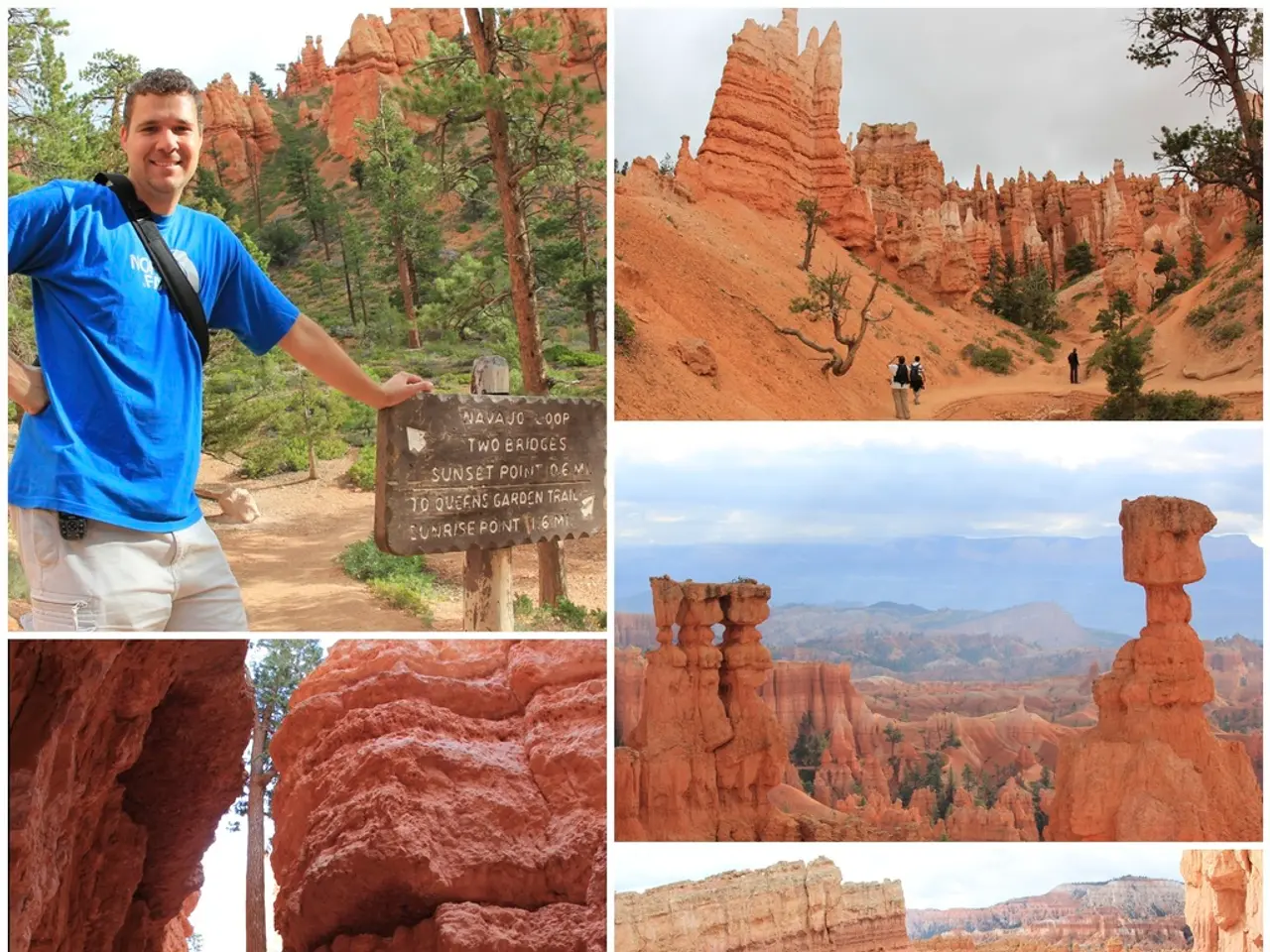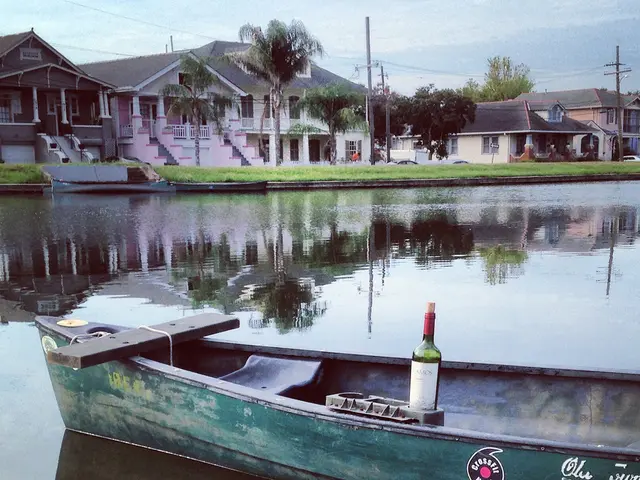Uncover the locations that have been included in UNESCO's World Heritage list for the year 2025
In July, the World Heritage Committee announced the addition of 26 new destinations to the World Heritage List, each possessing unique cultural, historical, or natural significance. This expansion not only celebrates the rich heritage of these locations but also triggers environmental and tourism effects with significant local, regional, and international implications.
One of the new additions is the Colonial Transisthmian Route of Panamá in Panama. This new site is expected to bolster conservation efforts and strengthen regional cooperation, as well as stimulate economic growth through tourism.
Similarly, Schloss Neuschwanstein, a 19th-century German complex that inspired Disneyland's Sleeping Beauty Castle, now part of the World Heritage List, will raise the international profile of the region, attracting tourists, researchers, and educational visitors.
Another significant addition is the Peruaçu River Canyon in Brazil, a vast karst landscape of cathedral-sized caverns. Its inclusion on the list will support sustainable development and contribute to climate resilience, as over 90% of natural World Heritage Sites generate jobs and income from tourism while also serving as crucial water sources and offering flood and landslide prevention.
Mount Kumgang – Diamond Mountain from the Sea in the Democratic People's Republic of Korea is another new UNESCO World Heritage Site. Its designation is expected to boost international tourism, creating jobs, attracting investment, and empowering local communities through tourism revenue.
The environmental and tourism impacts of UNESCO World Heritage Site designation are far-reaching and varied. WHS status often amplifies conservation efforts, supports biodiversity, and can lead to removal from danger lists if effective management follows. It also strengthens climate resilience and regional environmental cooperation. Listing typically boosts visitor numbers, creates jobs, and spreads economic benefits locally and regionally, especially when managed sustainably.
The long-term success of these impacts depends on robust management plans, community involvement, and balancing conservation with responsible tourism development. For example, the Maputo National Park in Mozambique, Faya palaeolandscape in the United Arab Emirates, and Ireland's strategy for managing heritage sites all emphasize sustainable management and conservation.
The inclusion of sites like the Cambodian Memorial Sites, marking the violent legacy of the Khmer Rouge, as a rare World Heritage site spotlighting contemporary atrocities, demonstrates the potential for UNESCO designation to promote peace and reflection. The Palaces of King Ludwig II of Bavaria in Germany, possibly the inspiration for Plato's legendary Atlantis, and the Minoan Palatial Centres in Greece are other notable additions to the list.
In conclusion, the addition of these new destinations to the World Heritage List not only celebrates their unique cultural, historical, or natural significance but also sets the stage for environmental conservation, sustainable tourism development, and socioeconomic growth.
A tourist's lifestyle may be enriched with the inclusion of these new destinations on the World Heritage List, as each site presents a unique cultural, historical, or natural appeal. Travelers may find themselves enthralled by the diversity of these locations, such as the Myriad attractions of the Colonial Transisthmian Route of Panamá or the Awe-inspiring cathedral-sized caverns of the Peruaçu River Canyon.




